5 Stunning New Lightroom Features In This April Update


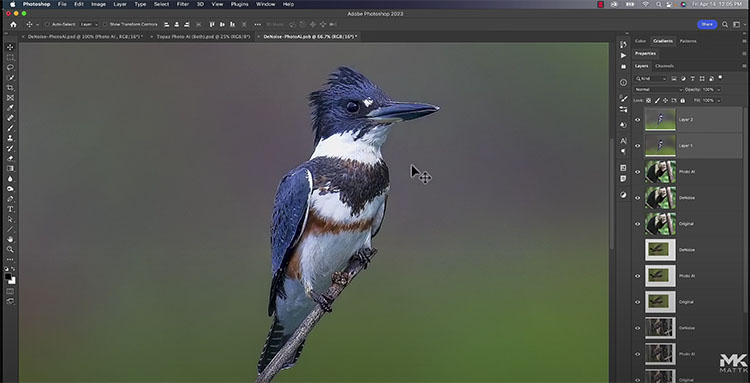


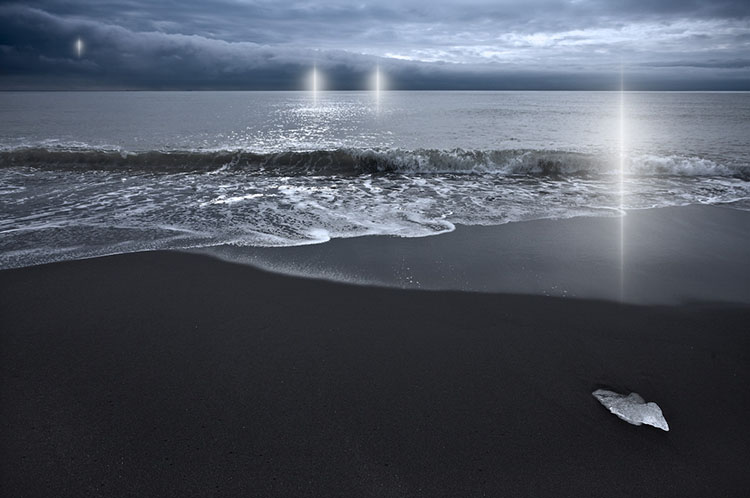
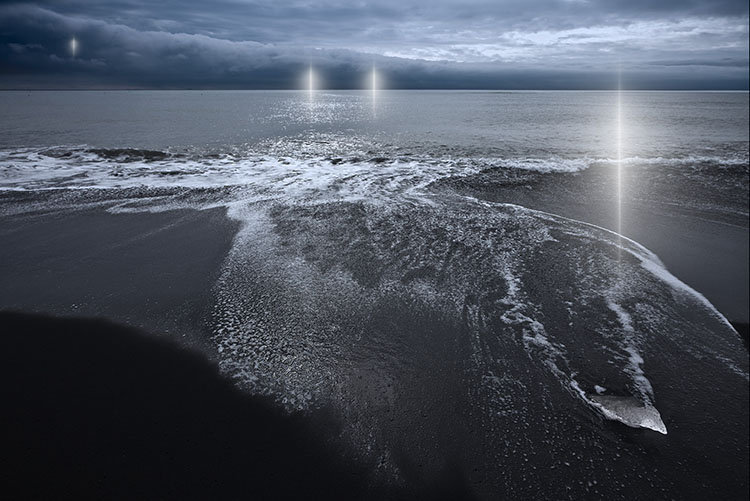
“Order, unity, and continuity are human inventions, just as truly as catalogues and encyclopedias.” – Bertrand Russell
Continuity lies at the heart of the art of storytelling. The types of images selected and the transitions made between images presented in groups can be powerful tools for visual communication. Sequences can provide useful comparisons and contrasts between separate images and their contents. They set a pace and rhythm for looking. Carefully orchestrated, they can create the illusion of moving in time forward or backward, linearly or non-linearly. They can be used in extremely creative ways. The best sequences make both individual images and the journey created by presenting many images in sequence clearer, more meaningful, and more moving.
Continuity is key. Every screenwriter needs to create it. Every storyboard artist needs to interpret it. Every director needs to guide it. Every editor needs to refine it. If you’re a still photographer, you may be called to do all of these things.
Photographers can use continuity to guide and structure initial explorations on site as well as to resolve challenging transitions and find missing gaps while continuing to develop projects.
First, create a storyboard as a checklist to make sure no angle goes uncovered; this will stimulate you to come up with many more creative solutions, so you’ll have more images to choose from. Then, update your storyboard to find out what you’ve got too much or too little and find connections between disparate images.
Photographers also can use continuity to edit, sequence, and present existing work more effectively; use the same skills to fine-tune a story in sophisticated and compelling ways.
Just like composing music, there are specific strategies you can use and many possible ways you can apply them to solve creative challenges. How you apply them may become as much a part of your style as composition and processing.
Here are some classic strategies for sequencing images and creating transitions between them.
Erika Funke (WVIA NPR PBS) lead an inspiring discussion, including curator Heather Sincavage (Sordoni Art Gallery), about my exhibit Landscapes Within Landscapes at Wilkes University on display through May 13.

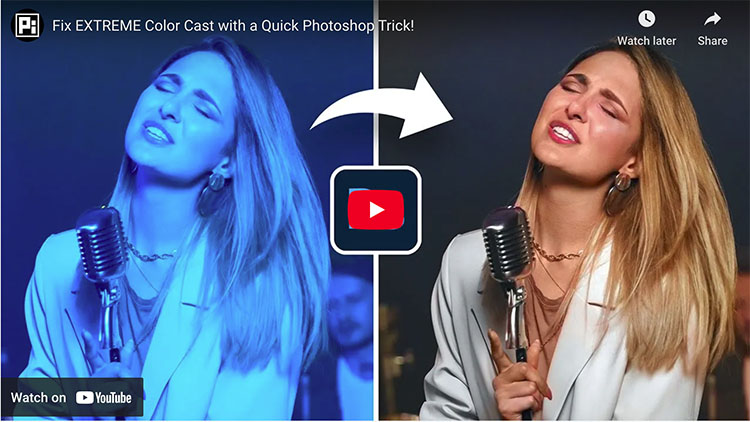
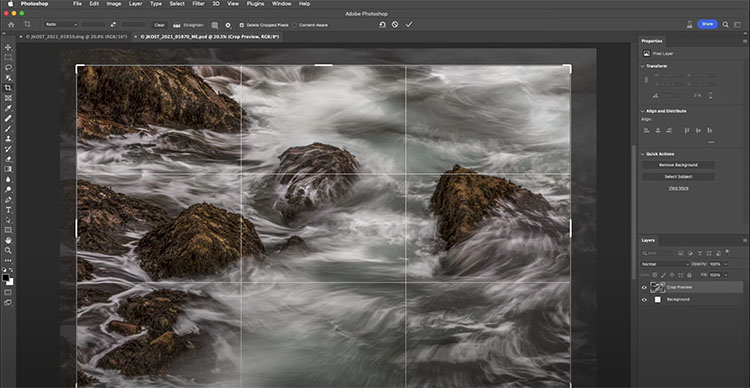
The physical exhibit is closed now …
… but the online experience continues.
Sign up for my newsletter Mindful Of Nature,
and receive a virtual tour guide.
I’ll send you the issue you missed within a week.
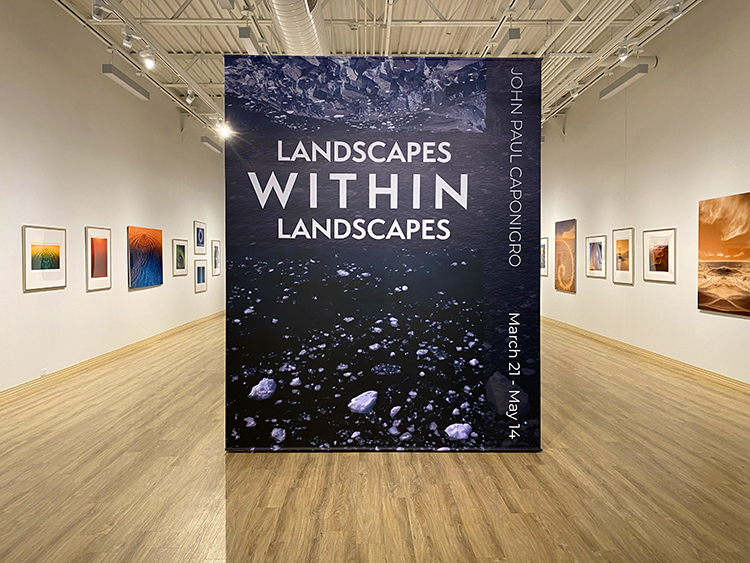

March 21 – May 14
Landscapes Within Landscapes & Process
Sordoni Art Gallery, Wilkes University, Wilkes Barre, Pennsylvania
The gallery is currently open by appointment only.
Email email melissa.carestia@wilkes.edu
Landscapes Within Landscapes
50 large prints survey the artist’s career; this exhibit illuminates how the perception of nature and the nature of perception are deeply intertwined. How we see the land changes how we see ourselves. The artist suggests we are land, not apart from nature but a part of Nature.
Process
25 small prints unveil the artist’s practices in detail, showing how process influences perception.
Enhanced with audio, video, and hybrid texts, the two exhibits combined offer a unique look into contemporary visions of land and changes in photographic practice.
Catalog
A catalog expanding upon the exhibit will be available.
.
Sordoni Art Gallery – Wilkes University, Wilkes Barre, PA
Sign up for Collector’s Alert for more news.
Events
Monday, March 20
3:15 PM – Interview with Erika Funke, WVIA NPR
Tuesday, March 21
11:15-12:45 – How To Be More Creative
5-6 pm – Lecture / Meditations In Nature
6-7 pm – Reception
Wednesday, March 22
1-2:15 – Ekphrastic Writing Workshop
.

